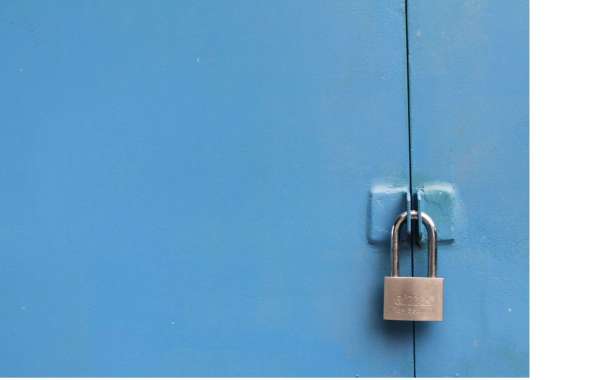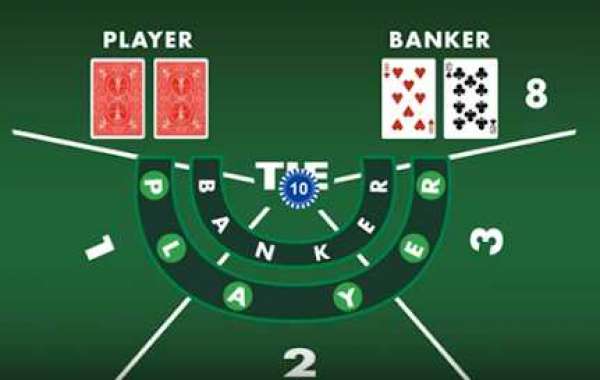Buyers, often cybercriminals and fraud rings, would purchase this data in bulk and use it for fraudulent transactions, cash-outs, or resale. JokerStash profited primarily by acting as the middleman, collecting a percentage of each transaction that occurred on the platform — a structure similar to that of Amazon or eBay, but tailored to the underground economy. Additionally, sellers (aka vendors) had to pay to list their data on the platform, either through one-time fees or periodic subscriptions that granted them access to a wider customer base. In some cases, vendors also paid a deposit or bond to be verified, increasing trust among buyers and reducing the risk of scams — a system that also generated income for the site. The platform exclusively used cryptocurrencies like Bitcoin and later Monero, both to enable anonymous transactions and to simplify revenue collection. With thousands of active users and daily transactions, Joker’s Stash reportedly generated hundreds of millions — possibly over $1 billion — in revenue during its lifetime. And unlike many other dark web marketplaces, Joker’s Stash managed to do this without ever being officially seized or shut down by law enforcement, allowing it to quietly profit for years before the admin voluntarily closed shop in 2021. In short, Joker’s Stash monetized cybercrime by packaging stolen data into a scalable, digital storefront — one that treated carding as a business and made anonymity, speed, and customer support its competitive edge.
Cerca
Post popolari







